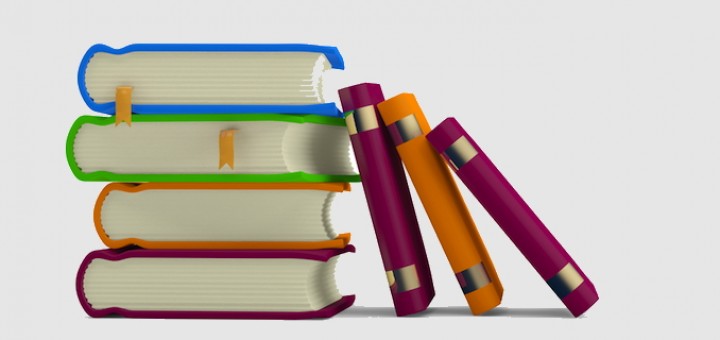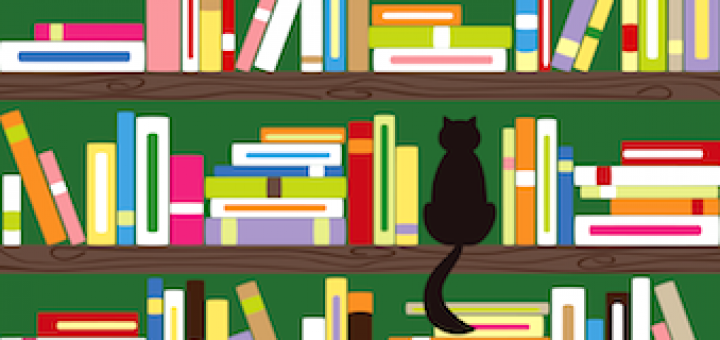Tagged: graphic organizers
In Renew! Become a Better—and More Authentic—Writing Teacher, Shawna Coppola challenges us to reconsider three long-standing traditions of classroom writing instruction: a step-by-step writing process, graphic organizers, and the prioritization of words over images.
With short chapters, graphic organizers, rubrics and acronyms, the strategies in Barbara Blackburn’s updated Classroom Instruction for A to Z are right at the fingertips of busy teachers, ready for trial runs or implementation, says educator Laura Von Staden.
With its comprehensive collection of CCSS-ELA graphic organizers, The Visual Edge provides a very visible way for students in grades 6-12 to approach Common Core-related standards. Teacher-reviewer Joyce Depenbusch has numerous suggestions for the next edition.
Reviewer Sherry Drake has already tried the questioning strategies suggested by Jackie Walsh and Beth Sattes to involve middle schoolers of varied abilities in a mini research project. The authors offered just what she needed to engage her students in deeper thinking.
Margaret Mary Policastro & Becky McTague offer real-world experiences in detailing how & why the New Balanced Literacy School is vital as schools move toward full CCSS implementation. Their book centers on grades K-5 but is helpful for teachers of higher grades.
Given the current focus on reading & writing across the curriculum, Janet Allen’s cogent & concise book on vocabulary will be useful to non-ELA teachers, who may not be as familiar with strategies for teaching literacy skills, says reviewer Susan Schwartz.
Ready for fresh math bellringers? Reviewer Lynne Menechella highly recommends Math Lesson Starters for the Common Core. Arranged by CCSS-M domains, the compact book “does a wonderful job of providing ready-to-use problems that work as formative assessment.”
Karen Bromley guides educators to “The Next Step in Vocabulary Instruction” by uncovering the “why” of teaching vocabulary and its role in comprehension and fluency. Reviewer Linda Biondi highly recommends the book’s extensive strategies and activities.
Continuing a long tradition, Mary Tarashuk reads a novel aloud to her fourth graders after lunch. But this year, in pursuit of “close reading,” she tries out several graphic organizers to help them probe deeper into the dramatic novel Red Kayak.
Students with learning disabilities can meet high expectations and thrive in Common Core classrooms with the right teacher supports, say “rigor” experts Barbara Blackburn and Bradley Witzel. They recommend several proven scaffolding strategies.





















